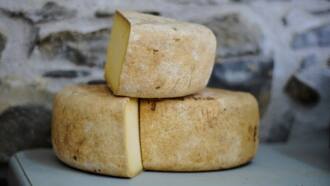How many types of cheese are there?
Cheese is arguably one of the most popular foods in the world due to the numerous varieties available as well as its many uses. While there are many types of cheese available, this food is primarily made out of milk from cows, sheep, goats or water buffalos. Different cheeses are classified according to the country of origin, moisture content, age, texture, and type of milk, among other properties.
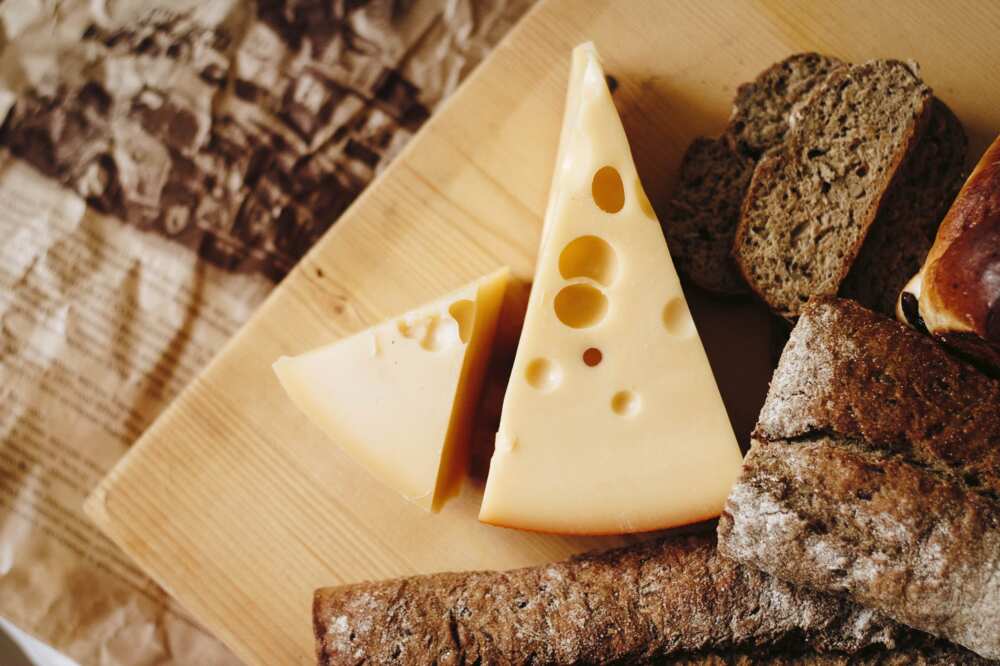
Source: UGC
This dairy product is primarily made using milk, live cultures, and salt. Fresh cheese varieties are usually not aged and are consumed fresh, unlike other varieties that need to age for any period from a few days to several years. How many types of cheeses do you know? Here is a look at the different types of cheese.
How many types of cheese are there? The most common varieties are classified according to factors such as:
- Country and region of origin
- Method of preparation (bacteria-ripened, mould-ripened and un-ripened)
- Age
- Colour (yellow or white)
- Texture (hard, semi-soft and soft)
- Type of milk (buffalo, goat, cow, or sheep)
- The flavour (extra sharp, sharp, or mild)
Here is a look at the different classifications as well as the sub-types under each of them
1. Fresh cheese
This variety is often known as un-ripened because it is usually not aged. The texture is often soft and smooth, making them spreadable in a creamy manner. The texture is greatly influenced by how much whey is drained. This results in relatively runny varieties such as cottage cheese to crumbly types such as queso fresco.
Here is a list of cheeses classifiable under this category.
Chevre
Also known as Fromage de chévre, this product can be found in a slightly soft density with some having a spreadable and creamy consistency. This variety originated from Central France and is highly influenced by the pastures and climate in which the goats graze. This variety is also primarily made from goats’ milk.
Cottage cheese
This is one of the most popular cheeses around. It is usually creamy, white and soft. It does not undergo any ripening process and therefore has a very mild flavour. This variety is made from curds of pasteurized cow’s milk. Different types of milk can be used for this product. These include regular, reduced-fat or non-fat milk. Cottage cheese can be found in varieties such as sodium-free, lactose-free, whipped, or creamed.
Cream cheese
This is a fresh variety with regulated moisture and fat content. It has a mild flavor, smooth and soft texture. It originated in Philadelphia although it is consumed globally today. It has a texture and taste comparable to Mascarpone.
Mascarpone
This is an Italian triple or double cheese best known for its essential ingredient, Tiramisu. This variety is made from cow’s milk and has a creamy, savoury texture as a result of its high saturated fat content. Mascarpone originated from Lombardy in the Northern side of Italy.

Source: UGC
Queso fresco
Queso fresco is a Mexican variety made from pasteurized cow’s milk or a combination of goat and cow milk. It has a mild flavor and is best consumed as a complimentary dish for vegetables and salads. Queso fresco has a salty-sour kick, and while it appears creamy, it is not buttery-tasting at all.
Ricotta
Ricotta is a creamy and spongy fresh cheese. It can be made from cow milk, cheese milk, goat milk, or water buffalo milk. However, the most common variety is made from regular cow’s milk.
2. Semi-hard cheese
Semi-hard varieties such as cheddar attain their distinct flavours from the aging process as well as the strain of bacteria used to break down the lactose in the milk. Here are some of the best-known semi-hard kinds of cheese.
- Cheddar
- Edam
- Emmental
- Gouda
- Gruyere
- Monterey Jack
- Swiss
3. Soft-ripened
Soft-ripened varieties often ripen inwards. This causes then to have a runnier texture inside as compared to the firmer texture on the outside. One distinguishing property of soft-ripened varieties is a thin layer of what is known as blooming mould. Certain types of mould, such as Penicillium camemberti, are used during the aging of this cheese.
Here are some well-known soft-ripened varieties.
Brie
Brie is a buttery, creamy, and soft cheese of French origin. The interior of Brie is bloomy and soft while the exterior is firm with a layer of white mould. This variety was traditionally made from cow’s milk but can also be made from goat milk. This variety also has high calcium, sodium, and fat content. It is a relatively good source of vitamins B-6 and A.
Camembert
Camembert is creamy and soft cow’s milk type of cheese of French origin (in Normandy). Different cheese producers are at liberty to label their products as Camembert. However, the name Camembert de Normandie has a designation of origin protection.
Cambozola
This is a cow’s milk product which is a combination of Italian Gorgonzola and French triple cheese. It was initially patented for production by a German company. In some countries, this variety is sold and marketed as blue brie.
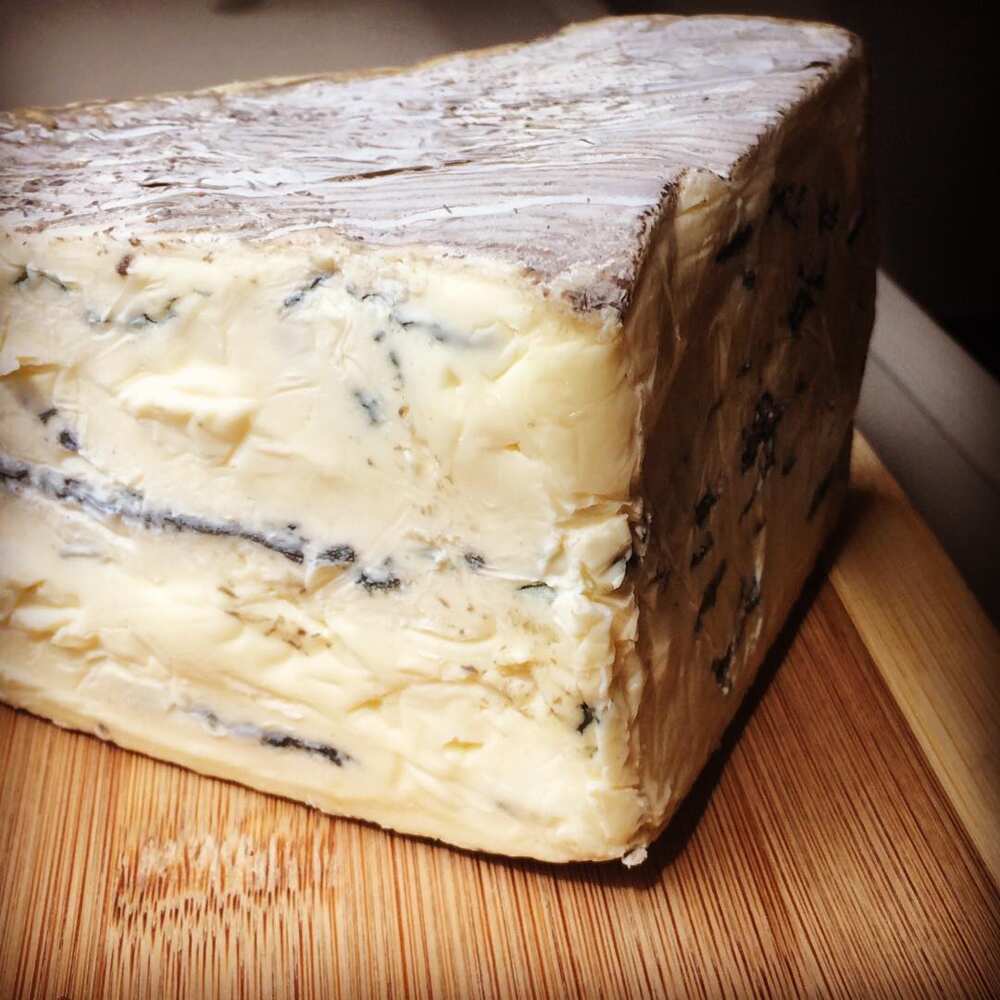
Source: UGC
4. Pasta filata
Pasta filata refers to an Italian variety of stretched curd cheese. During preparation, milk curds are dipped in hot water and then hand-stretched, kneaded or spun into the eventual shapes. One of the most common varieties of Pasta filata is Mozzarella. Dipping the curd hot water and kneading helps align the proteins in the cheese which results in the variety being quite stretchy when melted.
Here are the main sub-types of Pasta filata.
Mozzarella
This is a sliceable variety of Italian origin. It was initially made of milk from water buffalos that graze in countries such as Bulgaria and Italy. However, due to the scarcity of this milk, modern-day mozzarella is made out of cow’s milk.
Burrata
Burrata was traditionally made out of milk from buffalos herded in Apulia. It is shaped and woven by hand by artisans to attain the perfect texture and flavour. Modern-day Burrata is made from pasteurized milk whose curds are dipped in hot whey and then pulled and woven.
Provolone
This one originated from the Val Padana region. During the making of Provolone cheese, the curd is separated twice and then drained of excess whey. It is then woven and shaped into shapes that help get rid of air bubbles.
Queso Oaxaca
Also known as Quesillo or Asadero, this is a Mexican stringy, white, semi-soft cheese. It is made from cow’s milk. Its texture resembles that of Mozzarella, especially the manner in which it stretches when melted. The variety has a mild buttery and savoury flavour. It is an excellent ingredient in baking recipes. It is one of the cheese varieties that is quite popular with kids due to its relatively mild flavour.
Scamorza affumicata
This is a South-Italian variety made primarily from cow’s milk. However, it can also be made from other types of milk, although that is quite rare. Scamorza is stretched after the curds are aged for a few hours to enhance the development of acidity. Artisans then stretch and shape it into round balls. A string is then tied around the balls which are then hanged to dry.
Caciocavallo
This name loosely translates to ‘cheese on horseback’ in reference to how it is often tied and hung over a board to age and drain off excess whey. It is primarily made of cow or sheep milk and produced in the Balkans as well as South Italy.

Source: UGC
5. Semi-soft cheese
Semi-soft cheese varieties are usually classified depending on their texture rather than the procedures through which they are made. Typically, they age for a relatively short period making them creamy, flexible and moist. Here are several semi-soft cheese varieties.
Havarti
Havarti is a specialty semi-soft cheese made from cow’s milk. It is a regular table cheese that can be melted, sliced or grilled. Havarti is recognizable by its bright yellow outer colour, subtle aroma and mild flavour. You can find it in plain, cream, or aromatic varieties.
Muenster
This is a semi-soft cheese that originated in America and should not be confused by French or Swiss Muenster. This variety has a bland to mild flavour and has a relatively low-fat content as compared to other popular varieties such as Monterey Jack, mozzarella and cheddar. The outer rind is orange in colour that results from a nutty and sweet seasoning known as annatto.
Jarlsberg
Jarlsberg is a semi-soft cheese from Norway with a buttery and mild flavour. It works well for cooking or when used for fondue. It also happens to be one of the best varieties of melting cheese.
Chaumes
This is a soft-ripened, round cheese with a conspicuous ivory paste and orange rind. The outer layer turns orange after several treatments with particular fermenting products. It has a creamy taste, springy and soft texture and a noticeable hazelnut aftertaste. Chaumes is also a great melting cheese that goes perfectly with numerous recipes.
6. Washed-rind cheese
Some of the products in this category are rinsed down with wine, beer, or seawater twice a week for two months. The rinsing process ensures that mould does not grow on the surface and at the same time promotes the growth of brevibacterium linens. The similarity in smell between washed-rind cheese and unwashed feet is usually due to the brevibacterium linens bacteria.
Here are the main washed-rind types of cheese.
Epoisses
This is also known as Epoisses de Burgundy and traces its origins in France. Usually made from cow’s milk, it is rind-washed with Marc de Bourgogne which gives it an intense fruity flavour. Most times, Epoisses comes in a runny texture and needs to be served with a spoon or other scooping item. It goes perfectly with red wine, dates, or bread.
Limburger
This is a strong-flavoured, creamy-textured and pungent semi-soft product. It originated in Liege, Belgium and was first sold in Limbourg which perhaps explains its name. Currently, most of this cheese is produced in the United States and Germany.
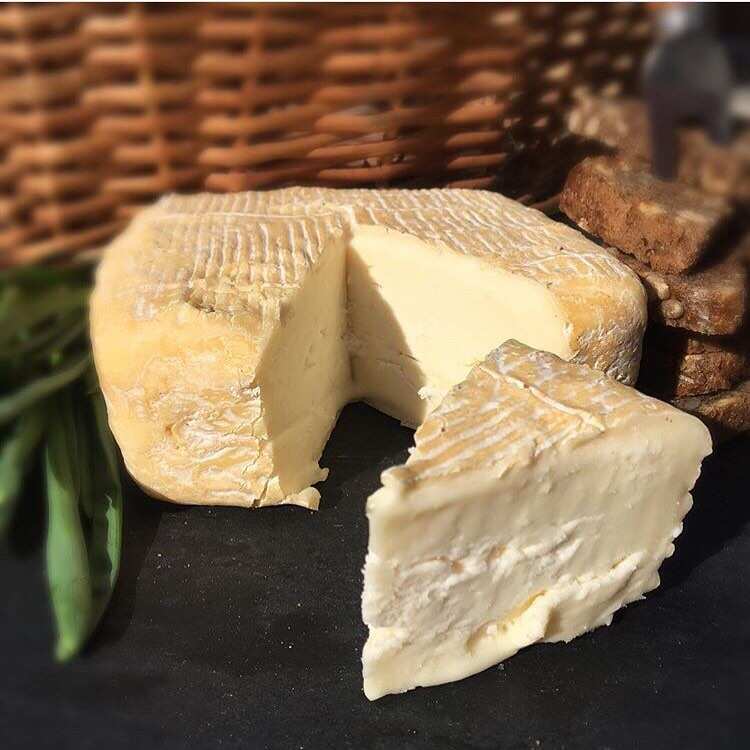
Source: UGC
Taleggio
Taleggio is made by washing the outer rind with mildly-salted water to attain a distinctive orange or red rind. Its soft interior is relatively runny.
7. Blue cheese
Blue cheese varieties are some of the fascinating ones primarily due to the bluish veins that line them. Strains of mould such as the popular penicillium roqueforti are used within the cheese to give them the blue veins. Surprisingly, blue cheese varieties are often white while ageing and only begin to turn blue when exposed to air. The exposure is done by piercing holes into the ageing wheels, which in turn allow air to move deep into the cheese.
Here are some well-known types of blue cheese.
Danish blue
Danish blue cheese comes in two varieties; the unpasteurized type known as Bleu des Causses and the pasteurized variety known as Bleu d'Auvergne. This type is primarily made with cow’s milk and has a classic smoky, salty, and nutty flavour. Like other blue varieties, this one is easily recognizable by its blue streaks.
Gorgonzola
Gorgonzola is a sweet, creamy and sharp-tasting Italian type. It is produced in Lombardia by Arrigoni Battista. Gorgonzola is made from the milk of cows that graze on the mountainous pastures of Italy.
Stilton
Stilton is an English type of blue cheese often referred to as the ‘king of cheeses’. It has a protected origin designation which implies that very strict standards have to be met by anyone who wants to label their cheese as Stilton cheese. It has a relatively mild flavor as compared to other types of blue cheese.
Roquefort
Roquefort is among the most popular varieties of blue cheese. It is made from ewe’s milk that is curdled with rennet. Once kneaded and cut, a Penicillium mould strain is introduced after which it gets turned five times daily for draining of whey. It is then salted and transported to Roquefort for aging. This particular variety has to age for at least 90 days before it can be sold in the market.
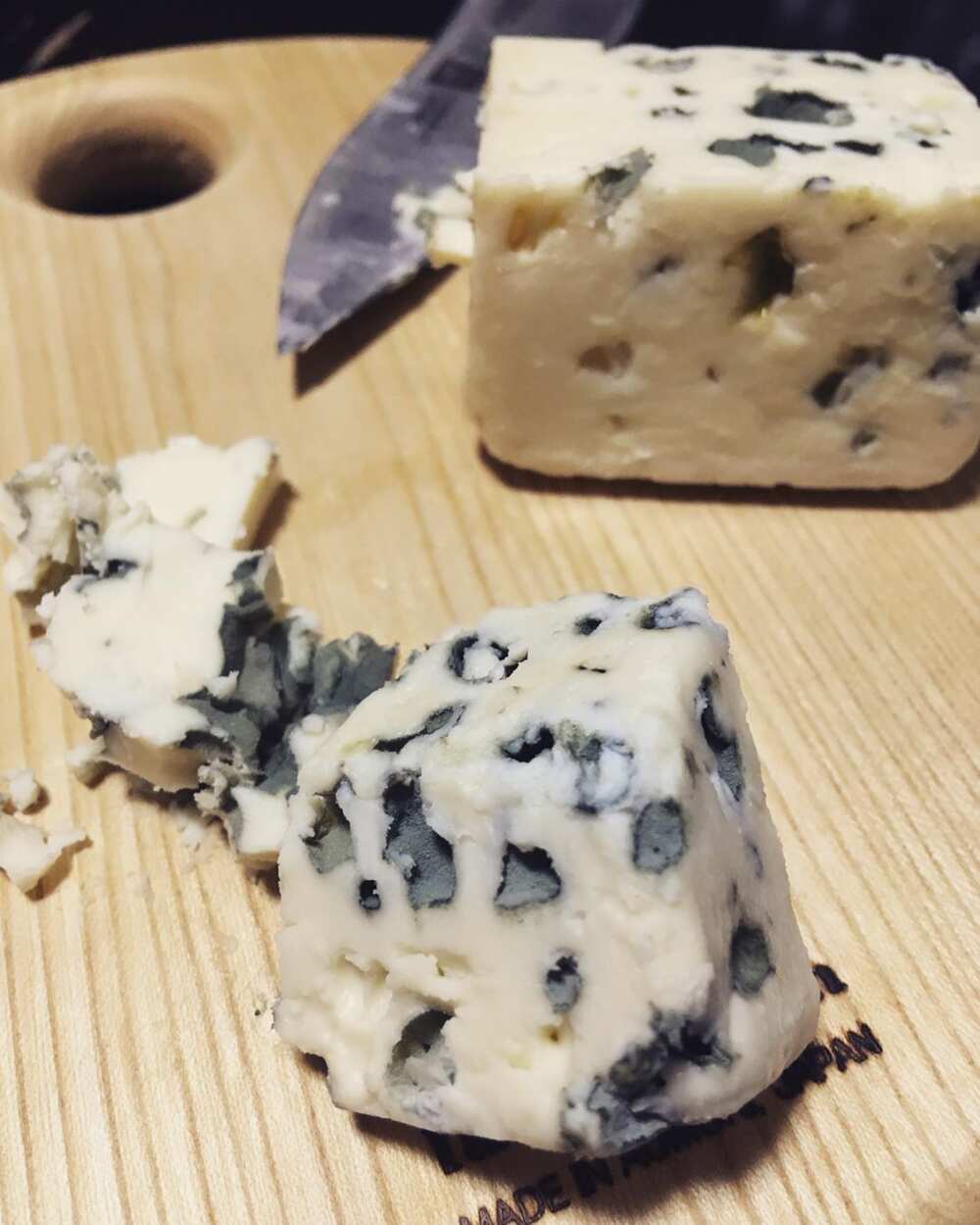
Source: UGC
8. Hard cheese
These are known for their low moisture content and hard texture. They also have a distinctive pungent saltiness and strong flavour. These cheese varieties are usually sliced over other dishes which makes them perfect for soups. Here are the names of cheeses classifiable under hard cheese.
- Pecorino
- Parmigiano-Reggiano
- Manchego
- Asiago
Who are the world's top cheese exporters? Here are the annual export figures from the top exporting countries.
- Germany: $3,753,096,000
- Netherlands: $3,418,481,000
- France: $3,359,640,000
- Italy: $2,506,997,000
- United States: $1,391,522,000
- Denmark: $1,379,792,000
This look into the different types of cheese sheds some light on the origin, processes, and uses of each variety. Some people might like the mild flavours of some fresh cheeses while others like the stronger sharp flavours of well-aged cheeses. Which cheese types did you find fascinating?
Source: Legit.ng


